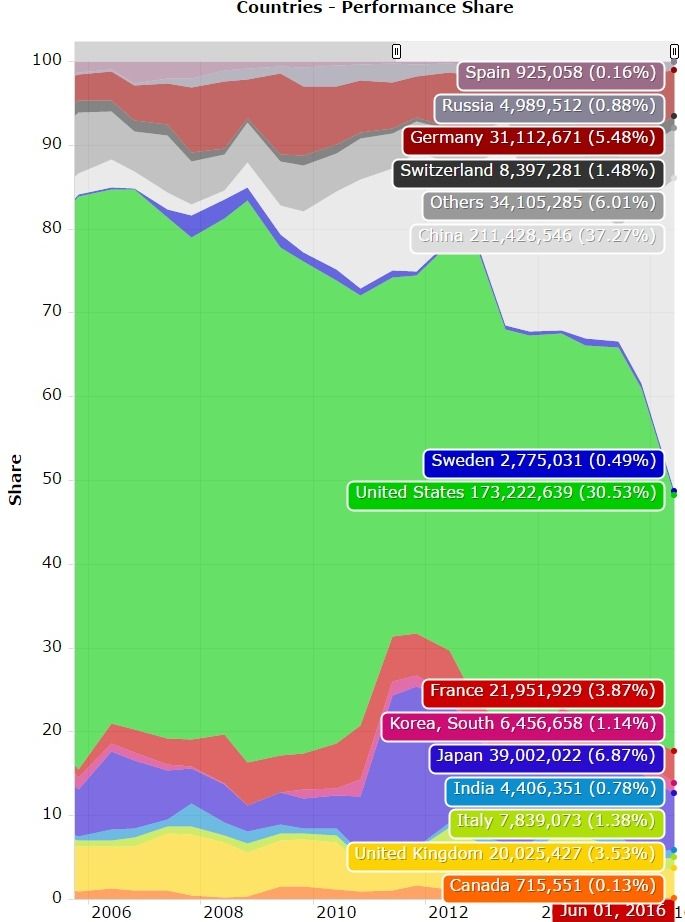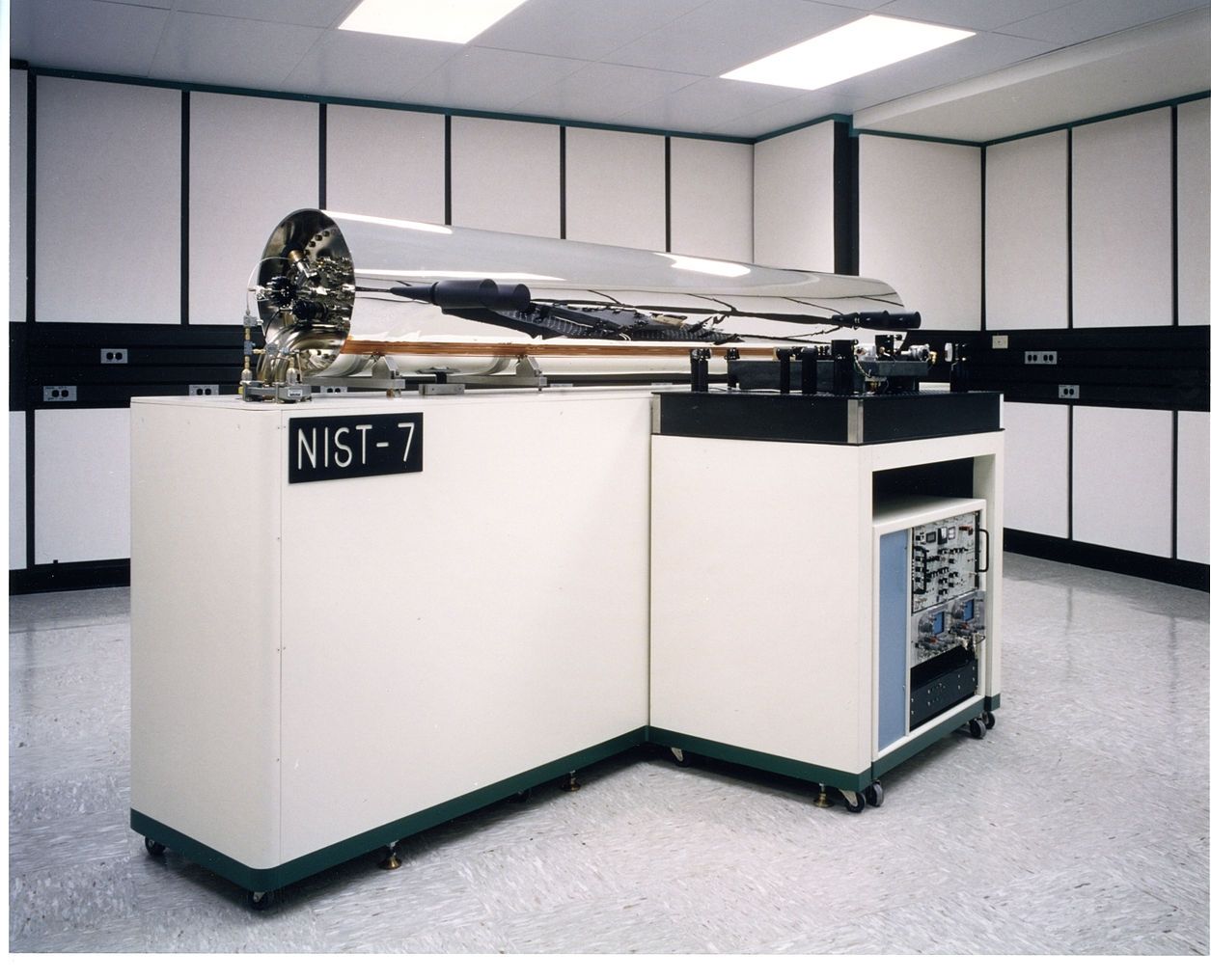http://www.unz.com/akarlin/sinotriumph/
Nothing illustrates China’s meteoric rise as some well chosen numbers.
By the end of the 1990s, China had come to dominate the mainstays of geopolitical power in the 20th century – coal and steel production. As a consequence, it leapt to the top of the Compositive Index of National Capability, which uses military expenditure, military personnel, energy consumption, iron and steel production, urban population, and total population as a proxy of national power. Still, one could legitimately argue that all of these factors are hardly relevant today. While Germany’s fourfold preponderance in steel production over Russia may have been a critical number in 1914, China’s eightfold advantage in steel production over the US by 2014 is all but meaningless in any relevant comparison of national power. The world has moved on.







